Topics:
Never Miss a Beat - Get Updates Direct to Your Inbox
FILTER:


The Ultimate Guide To Selling Content Sites and Blogs
By Quiet Light
In the online business marketplace, content websites are in high demand due to their high growth and automation potential. For owners, this strong market demand creates exciting possibilities for selling content sites and blogs.
As a business owner, a significant portion of your total business profits will be realized at the sale. How you prepare for your exit and how you execute the sale play a crucial role in determining your success.
In this guide we discuss:
- The process of valuing blogs and content sites
- How to prepare for a successful exit
- What paths you can take when selling your business


Blog and Content Site Valuation
Before addressing the specific steps involved in selling your blog or content site, it’s important to understand the elements that drive the value of your business. When you know what buyers are looking for, it’s easier to make informed decisions that lead to a successful exit.
The valuation process can also reveal opportunities for strengthening your business operations, driving growth, and avoiding unnecessary risks. These also happen to be some of the key areas that buyers look at when evaluating acquisition opportunities.


When it comes to calculating value, the most commonly used method is the SDE multiple method. The SDE multiple method involves two components:
- Seller’s Discretionary Earnings (SDE)
- Multiple
Let’s take a closer look at each of these components.
SDE
The Seller’s Discretionary Earnings is a metric that communicates the amount of money a business generates that is available to a single owner. Essentially, it captures the business’ total money-generating capacity.
More specifically, SDE = business profits + taxes + interest expenses + owners benefit + non-cash expenses + one time expenses + unrelated expenses.
SDE is often used instead of Net Income for business valuation. This is because SDE more accurately represents the total amount of money that a business generates before discretionary expenses are taken into account. This makes it easier to compare the performance of different businesses within the same industry.
It is very important to accurately calculate SDE when creating a business valuation. If you fail to add back certain expenses when performing the calculation, you’ll wind up with a lower valuation.


For example, let’s say that one of your expenses in the previous 12 months included a business trip which cost $12,000. This expense is taken into account when calculating Net Income. However, this business trip can be considered a discretionary or optional expense, since it is not necessary for business operations. A different owner would not necessarily need to take the trip and incur the $12,000 cost.
By including this discretionary expense when calculating SDE, you just instantly increased the value of your business substantially, as we’ll see when we talk about multiples. As such, it is a good idea to work with an experienced business advisor when calculating your SDE so that you accurately add back all of the discretionary expenses that your business incurs.
Multiple
As you may have guessed, the multiple is a number that is applied to the SDE in order to arrive at the final value figure for your business. For example, let’s say that your SDE is $100,000. If you have a 3X multiple, your business would be valued at $300,000.
Remember the $12,000 business trip expense example above? In this situation, including that expense in your SDE leads to an additional $36,000 being added to the total value of your business.
Multiple numbers vary. One business may ultimately receive a 2X multiple, while another may fetch a 4X multiple. This discrepancy comes down to the market’s perceived value of your business.
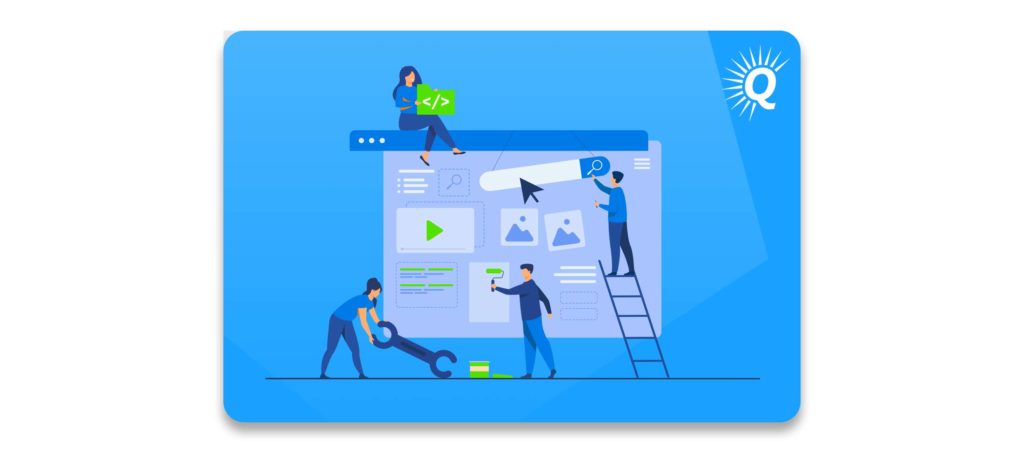

There are many different individual factors that can either increase or decrease the value of your content site or blog. These factors can be broken into four main categories, known as the Four Pillars of Value. These include:
- Growth
- Risk
- Transferability
- Documentation
By operating your business in a way that optimizes each of the Four Pillars, you will set yourself up to receive a higher valuation and greater interest among buyers when you decide to sell.
Growth
One of the most obvious factors that will influence your valuation is your business’ past and current growth. Potential buyers will likely want to purchase a business that has a good chance of generating more money in the future than it is at the time of purchase. Past and current growth is a strong telltale of the health of your business, as well as what toexpect down the road.
Likewise, a savvy buyer will want to see that there are concrete areas for future growth. This gives you a chance to highlight certain aspects of your blog or site that can be optimized to drive future revenue and growth.
Risk
Simply put, the more risk that your business entails the less valuable it will be, and vice versa. While owning or managing a business inherently implies taking a risk, prospective buyers will want to minimize the uncertainties whenever possible.
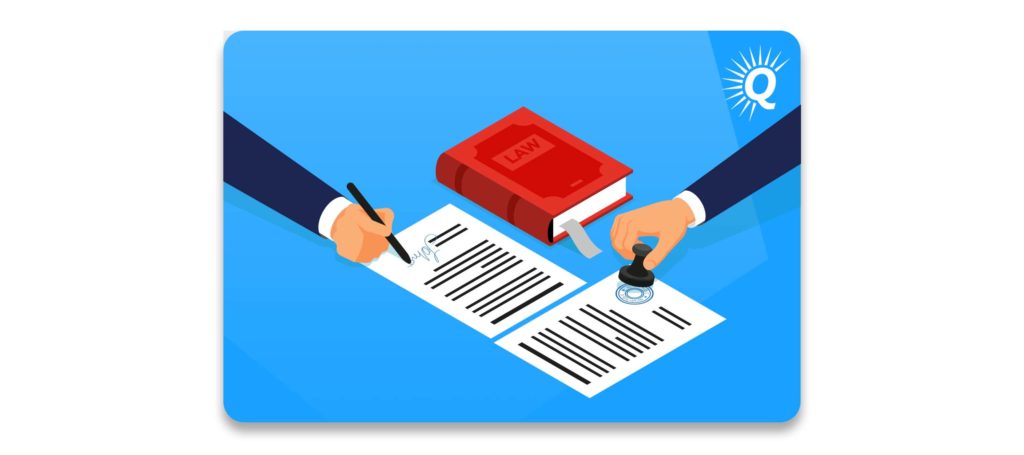

Generally speaking, any part of your business that is built on a single point of failure holds more risk. For example, if the majority of your blog traffic comes from one well-performing post, your traffic could suffer tremendously if that page stopped performing. As with most investments, there is strength and security in diversity.
By going through your business’ operations and identifying and mitigating these single points of failure, you can serve to decrease your risk and increase the overall value of your business.
Transferability
Another key factor that influences the valuation of your business will be how easy it is to successfully transfer your business into the care of a new owner. The easier it is to transfer, the more valuable your business will be. Similarly, the opposite is also true.
For example, let’s say you run an automotive blog that is heavily tied to your own personality. If your blog posts rely on your reputation and personal following, your business will be harder for a new owner to take over when compared to a site or blog that does not rely on the owner’s personality.
Additionally, if your content site or blog lies within a highly specialized and limited niche, that will present another challenge. In this situation, it may be harder to find potential buyers simply because there are fewer suitable people to take over your blog.
Documentation
Clear and concise documentation of your business processes, financial records, and all relevant information serves to increase the value of your business for several reasons.
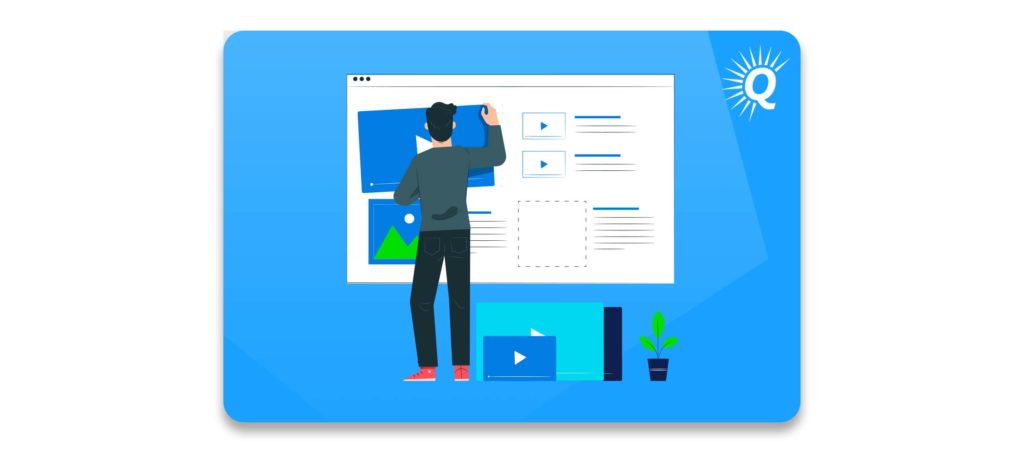

First, any potential buyer will want to easily and accurately verify that your business performs as you say that it does. If your financial records are spotty or disorganized, this job will be much harder. In turn, the potential buyer will be wary of your business.
In addition, clear documentation of your Standard Operating Procedures and business processes will make it easier for a new owner to take over operations and successfully run your business.
By understanding the business valuation formula and the Four Pillars of Value, you can plan ahead to create a profitable and smooth exit from your successful content site or blog.
10 Steps to Sell Your Content Site or Blog
When it comes time to sell your blog or content site, it is important to have a clear understanding of the sales process. In general, the sale of blogs or content sites follow ten steps. These include:
- Prepare to sell
- Valuation
- Marketing package
- Listing
- Communicating with potential buyers
- Letter of Intent
- Asset Purchase Agreement
- Due diligence
- Closing
- Transition process
Let’s take a deeper look at each of these steps.
Prepare to Sell
It is important to adequately prepare your business before you put your blog or content site on the market and approach potential buyers.. In a perfect world, from day one you would start to operate your business as if you were planning for a successful exit.


Preparing to sell your business ultimately comes down to optimizing the Four Pillars of Value. By maximizing growth, mitigating risk, creating clear documentation, and increasing transferability, you will prime your business for a smoother and more lucrative exit.
Blog or Content Site Valuation
Getting your blog or content site valued falls under the preparation step but it is worth elaborating on separately. Ideally, you should get a business valuation six to twelve months before you want to sell your business.
For starters, a business valuation will provide you with an estimate of how much you should expect to receive from the sale of your business. However, a business valuation will also serve to highlight positive aspects of your business, as well as illuminate areas that have room for improvement.
Once you receive your valuation, you will have the information that you need to analyze the Four Pillars of Value for your business, make improvements, and highlight opportunities for future growth.
Marketing Package
Once you have received a business valuation and adequately prepared your blog or content site, it is time to create your marketing package.
When your business is on the market, potential buyers will want to be able to easily form a solid understanding of your business, its operation, and its performance metrics. The marketing package is what allows them to do this.
Your marketing package should include:
- Financial statements such as profit and loss
- Description of products and services
- Add back schedule
- Monetization plan
- List of owner’s responsibilities
- Business strengths and areas for improvement
Of course, you should be transparent and upfront when creating your marketing package. Do not attempt to hide or minimize weaknesses or embellish strengths. In addition to it just being the wrong thing to do, a potential buyer will be able to see through any dishonesty during the due diligence process.
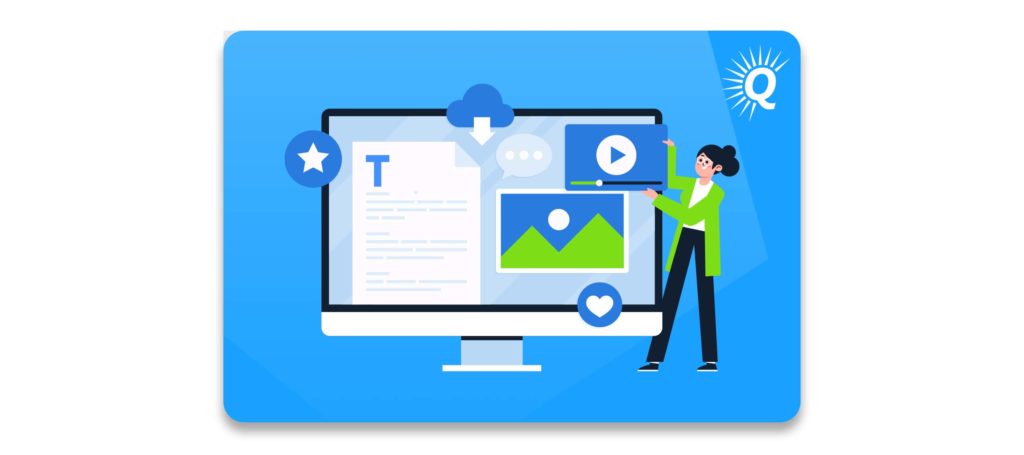

If you work with a qualified Advisor, they will be able to help you include and format all relevant information in a way that makes it easy for potential buyers to understand.
Listing
You’ve received a business valuation, worked hard to prepare your business, and put together an informative marketing package. Now it is finally time to list your business for sale.
Listing your business for sale is an exciting and important step. If you are going it alone, you can list your business on one of the public online business marketplaces.
If you choose to work with a qualified Advisor, it will allow you to benefit from their network by accessing a wider range of potential buyers. Ultimately, this creates the opportunity for more offers, helping to win you favorable selling terms and a higher sale price.
Communicate With Potential Buyers
Once your blog or content site is listed, potential buyers will have the ability to explore your marketing package to learn more about your business. While your marketing package will be informative and helpful, all potential buyers will still have questions or want to learn more about your business.


During this phase, you will be communicating with any serious potential buyers, often by phone, to answer their questions and provide more information if needed. In addition, it is an opportunity for you to get to know the interested parties on a more personal level, allowing you to get a feel for who would be taking over your business.
As always, it is important to be open, transparent, responsive, and clear in your communication. In addition, it is also important to be yourself and make a genuine connection with potential buyers.
While your business’ performance metrics and financials are consequential, it is also crucial to keep in mind that people want to do business with people they like. Don’t underestimate the significance of connecting with interested parties.
A qualified business advisor can help to facilitate and optimize this step of the process. They can qualify interested parties to ensure that you don’t waste your time with buyers who aren’t serious, set up phone calls, and offer you advice on how to proceed during ongoing discussions.
Letter of Intent
Once a potential buyer has had all of their questions answered satisfactorily and has determined that they would like to move forward, they provide you with a Letter of Intent (LOI). Essentially, a letter of intent is an offer to buy your blog or content website.
In general, an LOI contains:
- Purchase price
- Deal terms
- Assets to be transferred
- Timeline for transfer
- Closing date
Essentially, the LOI spells out the terms of the offer. As the seller, you can accept the LOI terms as they are if they are satisfactory to you. However, it is also acceptable for you to negotiate parts of the proposed deal. As this process happens, you and the seller collaborate to reach an agreement that works for both of you.
Asset Purchase Agreement
While the Letter of Intent spells out the offer and deal terms, the Asset Purchase Agreement (APA), serves as the legally binding document detailing the terms of sale between you and the buyer. As such, the APA contains detailed information regarding the sale of your business.


Due to its importance, it is essential to have the Asset Purchase Agreement reviewed by your Advisor, as well as by a lawyer to ensure that all of the terms are appropriate.
Due Diligence
During due diligence, the buyer understandably wants to assure themselves that all information that you have presented is accurate and true.
In this stage, the buyer will comb through your records in detail to verify your business. As you can imagine, having detailed and accurate documentation is crucial for this step to flow smoothly.
The information that a potential buyer will be interested in gathering may include:
- Employee contracts
- Financial statements
- Website traffic statistics
- Sponsored content information
- Ad revenue statistics
- Website analytics
- Social media statistics
You can save time and make this process easier for everyone involved by preparing and organizing this information beforehand. If you have been keeping detailed records of your business from the beginning, this should not be too difficult. However, if you have neglected your documentation, this process will be more challenging and time-consuming.
Closing
This is the moment that you have worked so hard for. Once the buyer is satisfied with the due diligence process and has verified all relevant information, it is time to finally close the deal.
Closing involves both transferring all specified business assets to the new owner as well as receiving payment. This step involves the use of an escrow account. The buyer transfers the money to the account, you transfer your business assets to the buyer, and the money is released from the account into your own account.
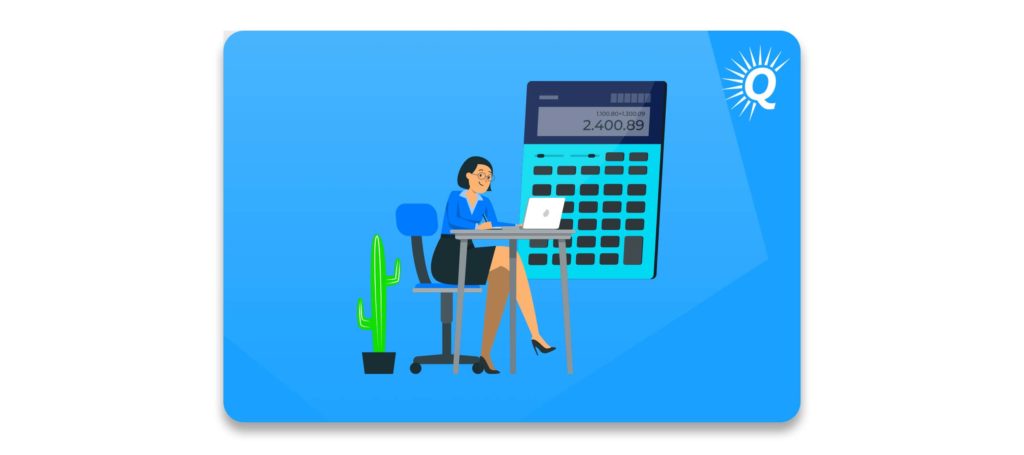

For blogs and content sites, it is often fairly easy to transfer the assets. Providing the username and login information and changing over the business bank accounts can be a lot more straightforward than transferring large amounts of physical inventory.
Of course, if your business does sell physical products, these assets must be transferred as well. In addition, if your business has trademarks or other intellectual property assets, you will need to take legal steps in order to ensure that these are properly transferred.
Transition
In order to help the new owner successfully take over your blog or content site, it is customary for the seller to provide training to the new owner. The details of this training period are spelled out in the Asset Purchase Agreement.
The exact length and involvement of the training period will depend on the agreement that you and the buyer reached. For some sites or blogs, this period can be minimal. However, for more complex situations, you may be training the new team for a period of weeks or months as specified in your agreement.
Where to Sell Your Blog or Content Site
At this point, we know the factors that drive the value of your blog or content website as well as the steps involved in selling your business. Given this information, how do you actually get started selling your site? Where do you find potential buyers? How do you list your site?
Buy a Profitable Online Business
Outsmart the startup game and check out our listings. You can request a summary on any business without any further obligation.
There are two primary ways to go about selling your blog or content site; you can do it alone and prepare, advertise, and negotiate by yourself, or you can work with an experienced business Advisor throughout the process.
Sell By Owner
Depending on the size, value, and complexity of your business, it may make sense for you to sell it yourself without professional help. In general, this option is for smaller value content sites or blogs. If you’re content site or blog is worth $100,000 or less, you may want to consider this option.
If you are selling your business on your own, there are public platforms available where you can list your business.
Work With an Advisor
Working with an experienced and qualified business advisor during your exit brings many benefits. They will work with you throughout the preparation, listing, negotiation, and closing phases, bringing a level of professionalism to the entire process.
For starters, a business Advisor can help to provide an accurate valuation for your business. As we have seen, this is a very important step. In addition to creating a full add-back schedule to arrive at an accurate listing price, a professional valuation will also help to identify the strengths and weaknesses of your business.
Thinking of Selling Your Business?
Get a free, individually-tailored valuation and business-readiness assessment. Sell when you're ready. Not a minute before.
Armed with this information, you can take the necessary steps to optimize your business before the sale, streamlining the exit process and increasing your business’ value.
When it’s time to list your business, working with a business Advisor will allow you to access a wider network of potential buyers than if you listed on a public platform. More buyers create competition, and competition leads to a higher sales price.
Additionally, your Advisor will help to facilitate constructive communication between you and any potential buyers. They will have the knowledge and experience to advise you during negotiations in order to help you win favorable terms.
Your business Advisor will have the technical skills to ensure that an appropriate Asset Purchase Agreement is drafted, creating peace of mind for you during the crucial final closing stages.
The right Advisor should help to create a smoother and more relaxing exit experience. At the same time, they should also be maximizing the ultimate value that your business receives.
Conclusion
Selling your blog or content site is one of the most exciting stages of running your business. In addition to potentially marking a transformative moment for your financial situation, a successful sale also signals the culmination of hours of hard work, persistence, and creativity on your part.
Thinking of Selling Your Business?
Get a free, individually-tailored valuation and business-readiness assessment. Sell when you're ready. Not a minute before.
A successful exit also opens up your time moving forward, time that you can spend with family and friends or exploring new professional ventures.
Successfully selling your blog or content site does not happen overnight. It requires preparation, often months or years in advance. It also requires expertise, strategy, people skills, and patience. However, with the right approach, you can create a profitable and smooth exit that allows you to reap the benefits of your hard work for years to come.





